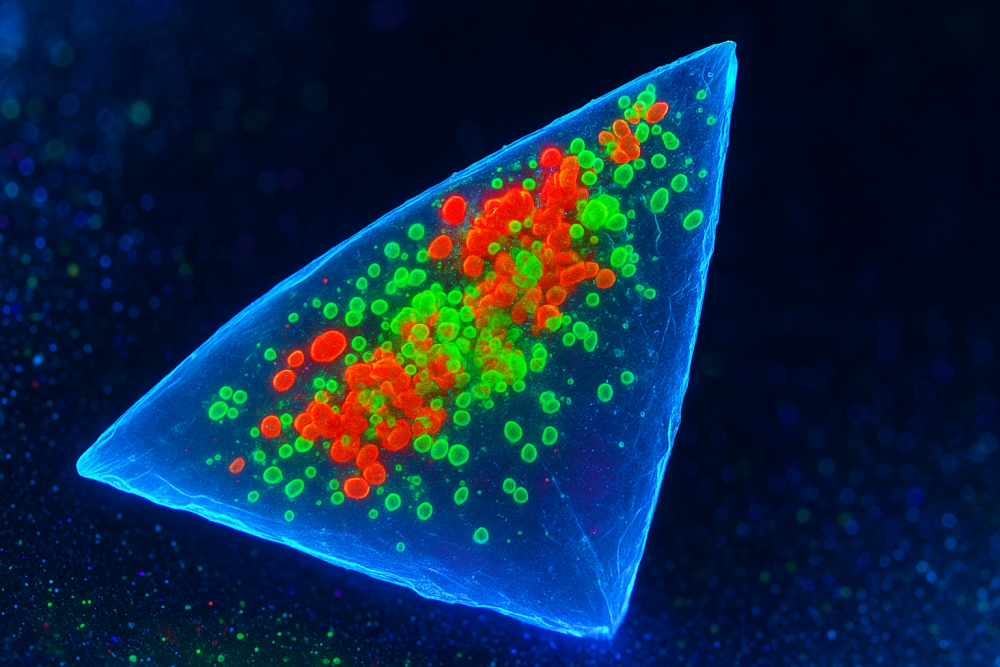Bacteria rarely travel alone; they build cities. On the rough surface of a five-millimetre plastic fragment, cells stick, secrete slime and start swapping DNA in minutes. Recent laboratory studies show these biofilms can triple the rate at which resistance genes jump between bacteria. Microplastics make the process even faster, acting as floating safe houses that shield microbes from sunlight and disinfectants.
TULIP researchers dissect these microbial fortresses with confocal microscopy, 3-D tomography and long-read sequencing to see which genes move, when and why. Controlled flow-tank experiments vary temperature, salinity and plastic age to mirror the extremes of a warming climate. Early findings suggest that a two-degree rise in water temperature shortens the time needed for a fully mature, gene-sharing biofilm from days to just twelve hours.
Breaking those fortresses is the next step. The project is testing nature-based solutions—oxygen-rich reed beds, low-energy aeration weirs and biodegradable plastic alternatives—that disrupt biofilm chemistry before pathogens reach drinking-water intakes or shellfish farms. By unmasking the secrets of biofilm life, TULIP aims to close one of the fastest highways that links environmental pollution to untreatable infections.

